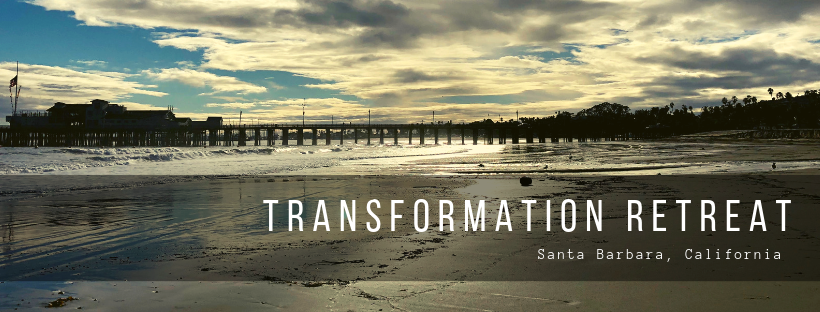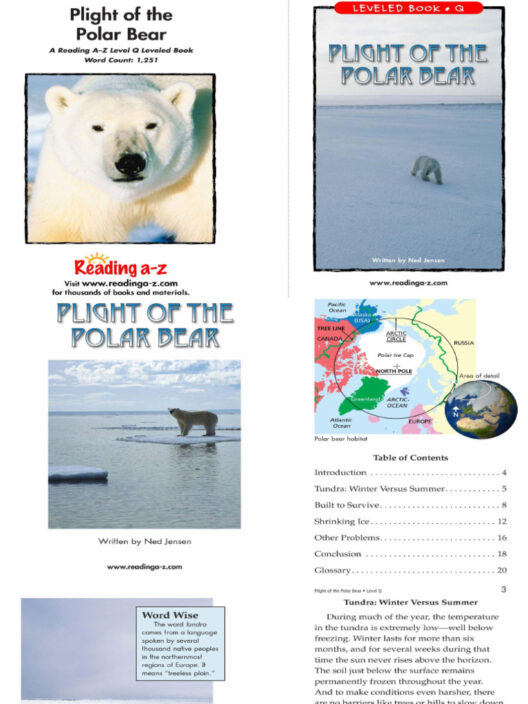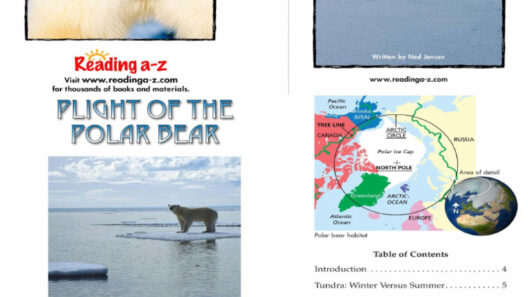Winter has often been revered as a season of tranquility and reflection, where serene blankets of snow adorn the landscape and the air turns crisp. However, in the context of an ever-warming planet, the conventional understanding of this cold season is being fundamentally disrupted. As global temperatures rise, the effects of climate change begin to insidiously warp the characteristics that define winter. This piece explores the various dimensions of winter’s retreat in light of global warming, addressing its multifaceted implications for ecosystems, economy, and human behavior.
The first and foremost observation lies in the tangible changes in temperature. In many regions, what was once a ritualistic embrace of winter—complete with snowball fights and the joyous act of sledding—has morphed into a dwindling experience. Average winter temperatures are trending upwards, with studies indicating that winter now exhibits an alarming degree of warmth compared to historical averages. This transformation is not merely anecdotal; it has profound repercussions on environmental balance.
One glaring consequence of warmer winters is the impact on the cryosphere, particularly on snow and ice cover. Glacial retreat is accelerating, leading to decreased albedo effect—the phenomenon where ice reflects sunlight. As ice diminishes, it reveals darker surfaces that absorb more heat, creating a feedback loop that exacerbates warming. The ramifications are dire; habitats that rely on snow, such as alpine ecosystems, are threatened. The interdependence of flora and fauna within these regions is intricate. Species that thrive in cold conditions are facing existential threats, as their environments become uninhabitable.
Furthermore, the alteration of winter temperatures influences hydrology, a crucial aspect of ecological health. Snowpack serves as a natural reservoir, providing water during warmer months. With decreasing snowfall and accelerated snowmelt, water supplies are at risk. This shift is not universally detrimental; in some regions, it may lead to floods during early spring and, conversely, drought in summer months. What once characterized winter as a stable and predictable season has now morphed into a harbinger of irregularities.
Another ramifications of the waning winter extends beyond environmental concerns; it pervades economic sectors as well. Industries dependent on winter weather, such as skiing and winter tourism, face unprecedented challenges. The ski resorts that once buzzed with activity now grapple with uncertainty as they witness shorter seasons, insufficient snowfall, and a plunge in revenue. Additionally, agricultural practices are also altering. Certain crops that flourished in colder climates are being replaced by those more tolerant of heat, disrupting traditional farming practices and local economies.
Moreover, the cultural significance of winter is waning. From holidays that celebrate winter’s chill to traditions enveloped in snowfall, there exists a collective nostalgia for the winter that once was. As temperatures inch upwards, festivals reliant on snow become less viable. Communities that have thrived on winter-related activities find themselves grappling with the loss of identity tied to these seasonal wonders.
Human behavior is likewise being affected by climate change’s winter anomalies. For instance, the emotional state of individuals can be influenced by seasonal changes. The phenomenon of Seasonal Affective Disorder (SAD) is often exacerbated by extended periods of warmer weather with fewer sunlight hours. As gloomy winters retreat, the psychological implications of sustained warmth become increasingly pressing. Seasonal transitions that were once marked by distinct changes are now muddied, leading to a sense of unease and disconnection from the cyclical rhythm of nature.
This leads us to consider societal adaptation complexities. Communities are forced to rethink their public policies that traditionally regarded winter as a predictable and preparable season. Infrastructure built around winter conditions, such as snow removal and road maintenance, will need reevaluation as climate variability becomes more pronounced. Urban planning, disaster preparedness, and community resilience strategies must undergo significant alterations to address these ongoing changes.
The realm of biodiversity presents yet another layer of complexity in the tapestry of winter’s retreat. Altered migration patterns become evident as several avian species seek refuge in warmer climates for longer periods. These biological shifts foster insecurities in ecosystems that depend on seasonal cycles to maintain fecundity. The loss of indigenous species, coupled with the potential invasion of non-native species, can lead to irreversible ecological dilemmas.
In summation, the decline of winter as a distinct season is emblematic of a broader environmental crisis—one that demands urgent attention and action. The multifaceted consequences ripple across ecosystems, economies, and emotional well-being, intertwining insights about our reliance on nature’s cyclical patterns. The retreat of this once-reliable season beckons an introspective examination of our collective responsibility to mitigate climate change and restore balance to the planet. It is paramount to advocate for sustainable practices and environmental stewardship, ensuring that future generations have the opportunity to experience the myriad wonders of winter in all its splendor.







